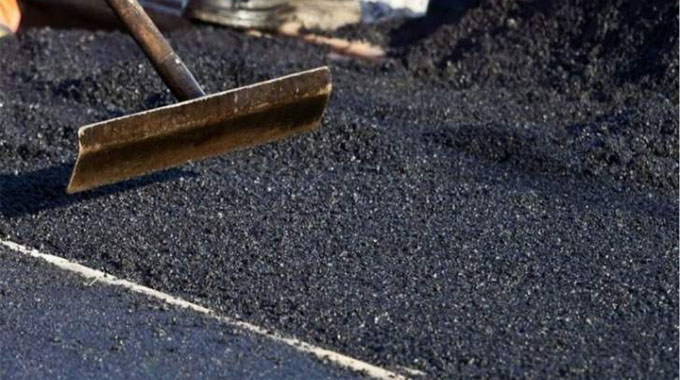Road maintenance units revived

Freeman Razemba–Senior Reporter
THE Government has revived road maintenance units countrywide to ensure consistent monitoring and maintenance of all roads rehabilitated under the Emergency Road Rehabilitation Programme Phase 2 (ERRP2), as the Second Republic continues prioritising infrastructure development projects.
The road maintenance units fall under the Ministry of Transport and Infrastructural Development.
Government has so far spent over $1 billion on road rehabilitation, gravelling and drainage structuring as part of the Second Republic’s ERRP2 launched by President Mnangagwa early this year.
In an interview, Transport and Infrastructural Development Minister Felix Mhona confirmed the new development.
“We are rehabilitating our roads and at the same time resuscitating our maintenance units countrywide so that these maintenance units will attend to any problems on the roads that are within their jurisdictions,” he said.
“We want to make sure that all roads that have been rehabilitated should be monitored.”
Minister Mhona said on the Harare-Beitbridge Road they had covered about 207 kilometres so far and on weekly basis they will be opening some completed sections to traffic.
“We want to assure the nation of deliverance and upholding issues to do with quality,” he said. “Let’s also take advantage of liaising with our provincial road engineers who know the state of our roads.
“The participation of citizens is also very important so that we work together with the people. It’s a team effort. We are going to create a platform whereby they will liaise with the provincial road engineers on where they feel roads need attention.” Last week, Government expressed satisfaction with progress in the rehabilitation of Seke Road under (ERRP2).
The Seke Road rehabilitation project is being undertaken by Bitumen World, one of the biggest local construction companies.
Minister Mhona last Friday toured some of the road rehabilitation projects in Harare and said infrastructure development was a priority for the Second Republic under President Mnangagwa. They toured roads which included Seke, Kevin South, Boshoff, Cranborne and Paisley.
CMED has also constructed five roads in the city and is now rehabilitating Paisley Road.
In an interview during the tour, Minister Mhona said President Mnangagwa, as a listening President, had acted on the pleas of many road users that called for the road’s reconstruction.
“I am happy to report on these tremendous developments that we are witnessing and as you know, after the declaration by President Mnangagwa on the Emergency Road Rehabilitation Programme, we have moved with speed and the good thing about these projects is that people will see for themselves.
“We are not only targeting the urban roads, but we are also in the rural constituencies where we have covered most of the 10 provinces as we speak.”
In Harare, over 40 roads have so far been rehabilitated from an initial target of 32 roads.
Minister Mhona said from Seke Road, they were going to rehabilitate Masotsha Ndlovu Way from Hatfield up to Simon Mazorodze Road in Waterfalls and then St Patricks Road in Hatfield.
Road construction falls under the infrastructure cluster and roads are regarded as key economic enablers in line with the vision of attaining an upper middle income society by 2030. Seke Road — which stretches from central Harare to Chitungwiza — is a dual carriageway which has been in bad shape for a long time, especially the portion from Cripps Road to Maruta Shopping Centre in Hatfield.










Comments